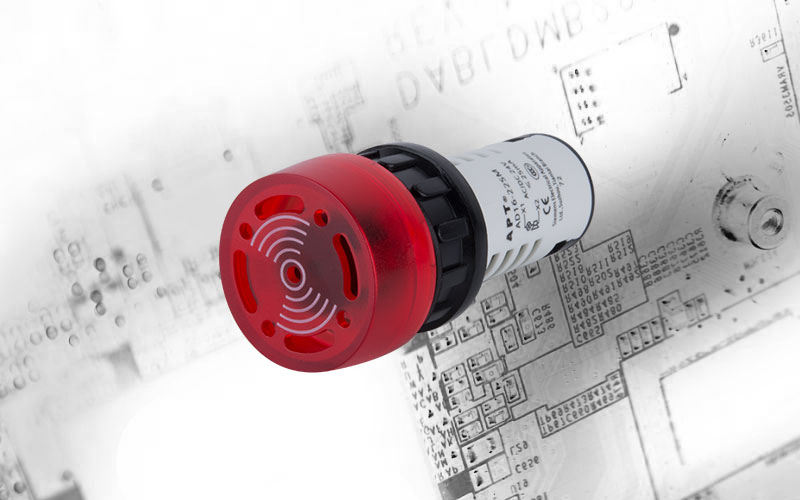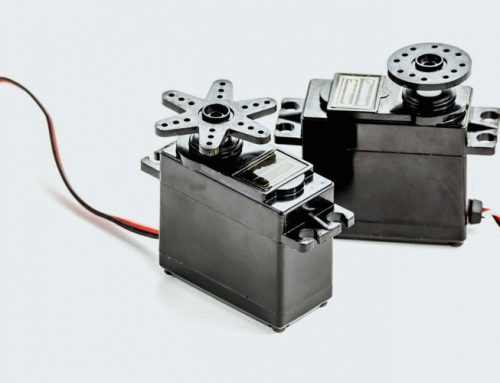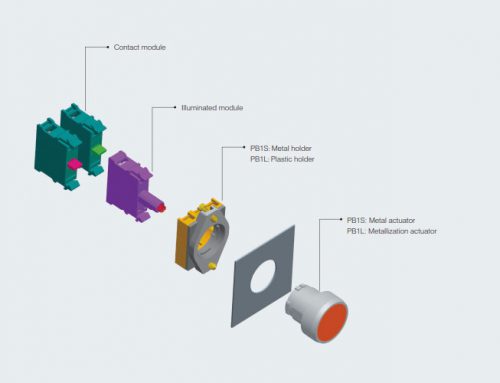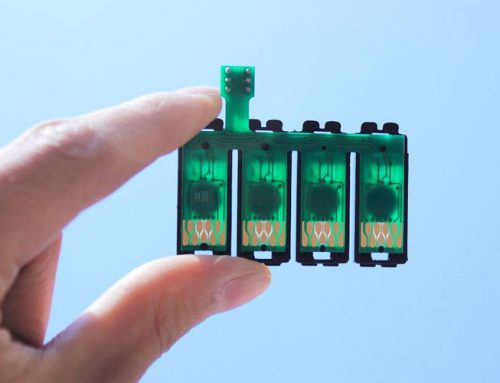Buzzer is a kind of voice device that converts audio model into sound signal. It is mainly used to prompt or alarm. According to different design and application, it can produce music sound, flute sound, buzzer, alarm sound, electric bell and other different sounds. This article introduces the selection and working principle of the buzzer.
Typical applications include siren, alarm device, fire alarm, air defense alarm, burglar alarm, timer, etc. It is widely used in household appliances, alarm system, automatic production line, low-voltage electrical equipment, electronic toys, game machines and other products and industries.
Buzzer Driving Mode
Since the self-excited buzzer is driven by DC voltage, it does not need to use AC signal to drive. It only needs to output the driving level at the drive port and amplify the driving current through the triode to make the buzzer sound. It is very simple, and the self-excited buzzer is not explained here. This paper only explains the other excited buzzer which must be driven by 1/2-D square wave signal.
There are two ways to drive the separately excited buzzer: one is to drive the PWM output port directly; the other is to drive the buzzer by using I/O timing flip level to generate driving waveform.
PWM output port direct drive is to use PWM output port itself can output a certain square wave to drive buzzer directly. In the software setting of MCU, several system registers are used to set the output of PWM port. Duty cycle, cycle and so on can be set. After setting these registers to generate the frequency waveform meeting the requirements of buzzer, as long as PWM output is opened, PWM output port can output square wave of this frequency. At this time, the buzzer can be driven by using this waveform. For example, when driving a buzzer with a frequency of 2000Hz, you can know that the period is 500 μ S. in this way, you only need to set the PWM cycle to 500 μ s and the duty cycle level to 250μs, and then a square wave with a frequency of 2000Hz can be generated. Through this square wave, the buzzer can be driven by using a triode.
However, it is more troublesome to use I/O timing flip level to generate driving waveform. Timer must be used to do timing. The frequency waveform meeting the requirements of buzzer can be generated by timing flip level. This waveform can be used to drive buzzer. For example, when driving a 2500Hz buzzer, you can know that the period is 400μS. in this way, only the I/O port of the buzzer needs to be turned over every 200μs to generate a square wave with a frequency of 2500Hz and a duty cycle of 1/2duty. Then, the buzzer can be driven by the amplification of triode.
The common small sound signal device uses piezoelectric buzzer, which mainly depends on piezoelectric effect to produce vibration and sound. This kind of buzzer is generally divided into two types with or without vibration source. The direct current signal is used to drive the buzzer with vibration source, while the AC signal is required to drive the buzzer without vibration source. SIEMENS APT small signal buzzer adopts piezoelectric type, and the driving schematic diagram is as follows:


AD16-22SM Buzzer with flashing LED (Interrupt)

AD16-22M Buzzer(continuous)

AD16-30M Buzzer
Advantages of Piezoelectric Buzzer
1. Because there is no movable contact part, it has long service life and high reliability. It can be used continuously for more than 10000 hours. It is a semi permanent device.
2. No arcing or RF noise, no interference to other lines.
3. No large vibration due to loosening.
4. With electronic circuit control, so it can produce a variety of pleasant sound and analog sound, intermittent sound. The timbre is pure and not easy to be covered by noise.
5. It is excited by voltage, so the current consumption is small, generally less than 20mA, not more than 100mA.
6. Small and loud. The volume can reach 70 dB / 20 cm, and the thickness of the element is only less than 1 mm.
7. Wide operating temperature range.
Working Conditions of Buzzer
1. Ambient air temperature
The upper limit of ambient air temperature is +55℃; the lower limit of ambient air temperature is -25℃;
2. Altitude
The altitude of the installation site usually does not exceed 2000m.
3. Atmospheric conditions
The relative humidity of the atmosphere does not exceed 50% when the ambient air temperature is +40℃; it can have a higher relative humidity at a lower temperature; the monthly average maximum relative humidity of the wettest month is 90%, and the monthly average of the month is the lowest The temperature is +25℃, and the condensation on the surface of the product due to temperature changes needs to be considered.
Selection of Buzzer
1. First of all, according to the specific application situation, choose the installation aperture and sound form, volume, whether with indicator light.
2. Then according to the actual working conditions, select the connection mode.



